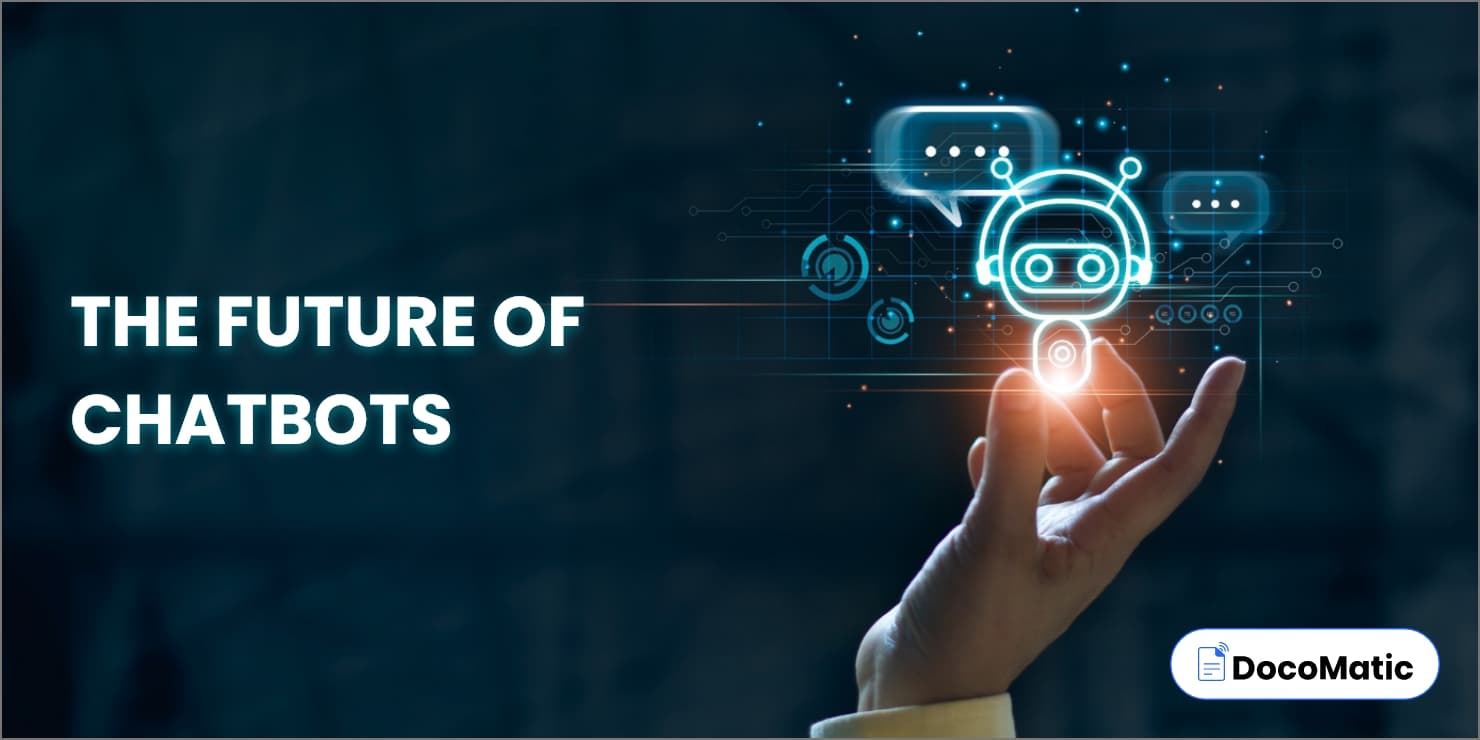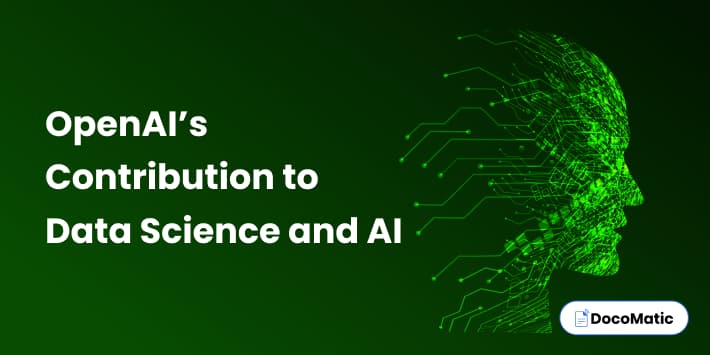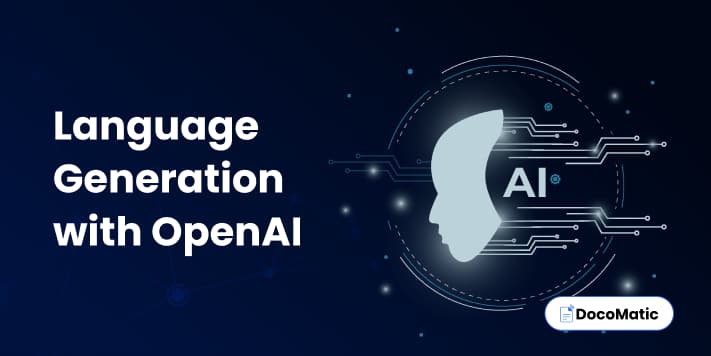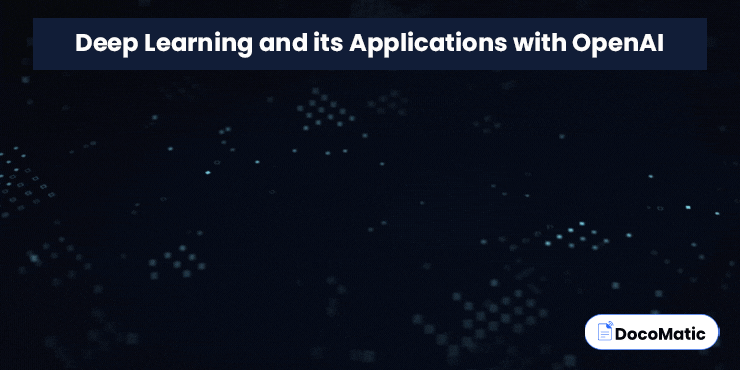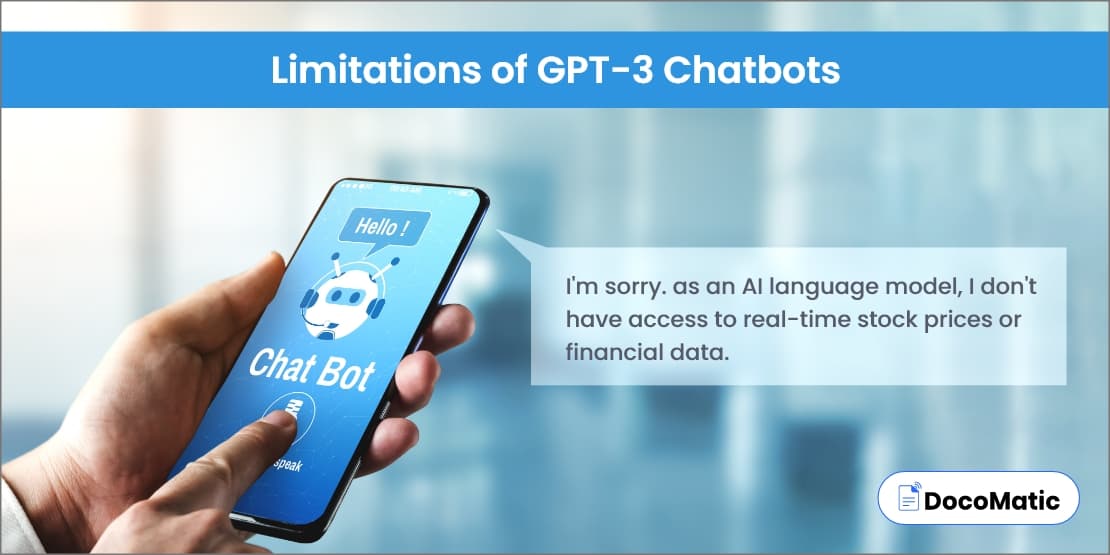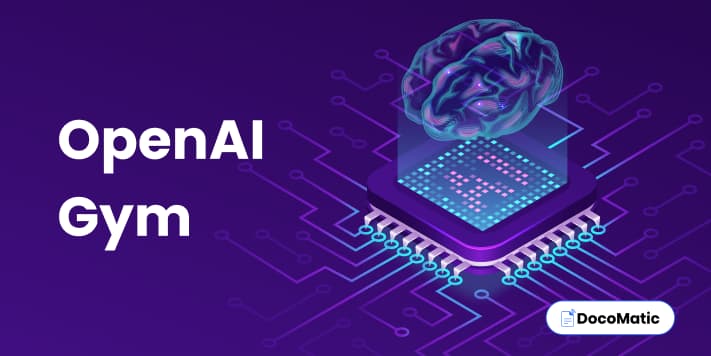GPT-3 has brought a revolution in the world of artificial intelligence. The rise of chatbots has transformed communication for businesses and organizations. From customer service to education, chatbots are being assisted in the most incredible way.
According to the MarketsandMarkets report, the chatbots market is anticipated to increase to $10.5 billion by 2026. With the advanced language model, GPT-3 tends to unlock new possibilities for businesses.
But what’s next for GPT-3? In this blog post, we will explore the future of GPT-3 and its potential impact on the world of AI and real-world use cases for GPT-3.
Table of Content
What is GPT-3?
GPT-3 (Generative Pre-trained Transformer 3) is a robust language prediction model developed by the AI research laboratory OpenAI. It is capable of generating natural language text that can mimic human-like writing with the nearly correct output.
GPT-3 is developed using a deep learning architecture called a transformer, which enables it to understand and generate natural language text in a way that is similar to how humans do.
GPT-3 is pre-trained on a massive dataset of text from the internet, which allows it to generate human-like text and be grammatically correct. Moreover, It is designed to be a general-purpose language model, so it can be used for multiple purposes.
For instance, language translation to script writing and even music composition to poems. As a result, AI-powered large language models are the most powerful computer code. GPT chatbot is one of those examples. GPT-3 has 175 billion parameters, which makes it significantly more robust than previous language models like GPT-2 (which had 1.5 billion parameters).
How does GPT-3 work?
It works by utilizing unsupervised learning to pre-train a model on a large collection of text, and then fine-tune the model for specific natural language processing tasks.
Here is how GPT-3 works as language generators and is beneficial for businesses:
- Pre-training: GPT-3 is pre-trained on a massive dataset of text from the internet. The pre-training process involves training the model to forecast the next word in a sequence of words, based on the context of the words that came before it.
As it helps the model learn the structure of language and understand the relations between different words and phrases.
- Fine-tuning: After pre-training, the model can be fine-tuned for specific natural language processing tasks, such as language translation or text completion. It involves providing the model with additional data particular to the task and the model’s parameters to optimize its performance on the task.
- Text generation: Once the model has been pre-trained and fine-tuned, it is used to create natural language text. The model is used to generate a short sequence of text. Later, it learns knowledge of language structure and generates responses accordingly.
- Iterative improvement: It continues to improve its performance over time, as it uncovered more data and text. Also, it can be done through additional training and fine-tuning.
The Potential of GPT-3 for Conversational AI
GPT-3 has significant potential for conversational AI, as it is capable of generating natural language text. Because it is challenging to distinguish between human-generated text. Moreover, it makes a valuable tool for building chatbots and other conversational agents that can interact with users nicely and engagingly.
One of the primary ways for maximizing the potential of GPT-3 for conversational AI is its ability to create text that is relevant and logical. It can understand the meaning behind a user’s input and generate a suitable and significant response. Also, it can lead to more natural and fluid conversations, which can enhance the user experience.
Another advantage of GPT-3 for conversational AI is its ability to learn and adapt over time. As it uncovers more data and conversations, it can continue improving its ability to generate responses that are relevant and useful to users.
However, there are also some challenges and limitations of using GPT-3 for conversational AI. One challenge is that GPT-3 may generate responses that are subjective or inappropriate, especially if it is trained on irrelevant data. Another restriction is that GPT-3 may not always give responses that are accurate or helpful, especially in complex conversations.
However, GPT-3 has significant potential for conversational AI but only if it is used responsibly and carefully to ensure that it is generating responses that are correct, unbiased, and valuable to users.
The Future of Chatbots with GPT-3
The future of chatbots with GPT-3 is quite promising, as the technology is delivering significant possibilities in this area. Here are a few ways in which GPT-3 is likely to affect the future of chatbots:
- Improved natural language understanding: GPT-3 is capable of generating natural language text that is user-friendly and meaningful for customers. It helps chatbots to understand and respond with the correct answer that is useful for users. Moreover, it provides a prompt result, such as quick answer questions.
- More human-like responses: GPT-3’s ability to generate natural language text also means that it can help chatbots generate responses that are more human-like in their tone and style. It can help chatbots develop a more personalized and engaging user experience that enhances user satisfaction and guides business outcomes.
- Enhanced customer service: Chatbots built using GPT-3 can help businesses provide better customer service, by providing quicker and more accurate responses to user inquiries. It can lead to increased customer satisfaction and loyalty, as users are more likely to return to a business that provides responsive and helpful customer service.
Use Case of GPT-3 Chatbots
The use case of GPT-3 chatbots is in the area of language translation. GPT-3’s natural language processing abilities can be utilized to help automate the process of translating text from one language to another.
With GPT-3, a chatbot can be made that is capable of translating written content from one language to another at the same time. Moreover, it can be especially helpful in situations where there is a language barrier, such as when users travel to a foreign country or communicate with people who understand a different language.
A chatbot built using GPT-3 could be programmed to identify the language of the input text and develop an accurate translation in the preferred target language. The chatbot could also use machine learning algorithms to enhance its translations over time, based on user feedback and information.
While there are numerous language translation tools available, GPT-3’s natural language processing capabilities could help improve the accuracy and quality of machine translations, making it easier for people to communicate across various languages and cultures.
FAQs
Yes, GPT-3 chatbots can be used in a variety of customer service applications, providing fast and accurate responses to customer inquiries and helping to automate common support tasks.
GPT-3 chatbots can benefit multiple industries, including customer service, e-commerce, healthcare, education, and finance, among others.
Some potential risks of using GPT-3 chatbots include bias in the underlying training data, unintentional harm caused by incorrect responses or advice, and loss of trust if the chatbot fails to provide accurate or helpful information.
The future of chatbot development may involve the integration of other AI technologies, such as computer vision and emotion recognition, to create even more human-like and responsive chatbots.
Conclusion
GPT-3 has opened up a new era of chatbot development with its ability to provide natural language input. Moreover, it will continue to evolve and improve in the upcoming years. Hence, it evolves the transformation of conversational AI.
Looking ahead, the technology advances and interaction with machines will grow. Thus, generating text, human-like content, receiving accurate solutions, and collecting data will become feasible. Ultimately, GPT-3 will shape numerous industries by using powerful tools.
